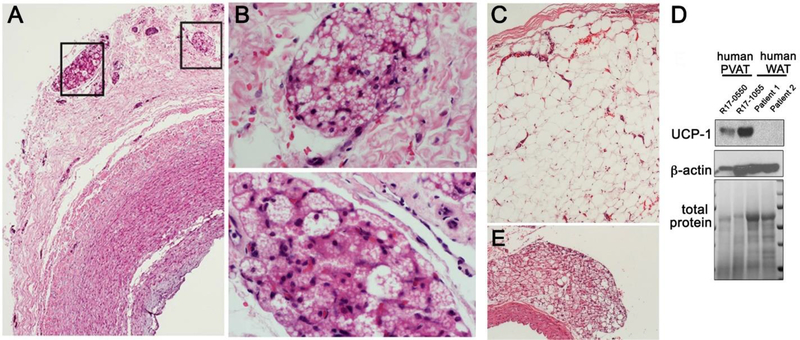Figure 1: Human aortic PVAT has features of thermogenic adipose tissue.
(A) Shown is a carotid artery with surrounding adventitia and PVAT from a 1-month old human donor. (B) Note the pockets of brown-like adipose tissue (boxed), that are morphologically indistinguishable from brown adipose tissue. (C) Human PVAT surrounding aorta was collected from an adult during open-heart surgery, and morphologically resembles WAT. However, compared to subcutaneous human WAT, human aortic PVAT, even from patients with cardiovascular disease, express the thermogenic adipocyte marker UCP-1. (D) Western immunoblot of human PVAT and subcutaneous WAT for the indicated proteins. R17–0550 and R17–1055 represent samples from two different patients. Reprinted by permission from RightsLink: Springer Nature, Cardiovascular Drugs and Therapy, Boucher et al. 2018. (E) Mouse PVAT from the thoracic aorta is shown for comparison, and has a brown fat-like thermogenic phenotype and protein profile.

